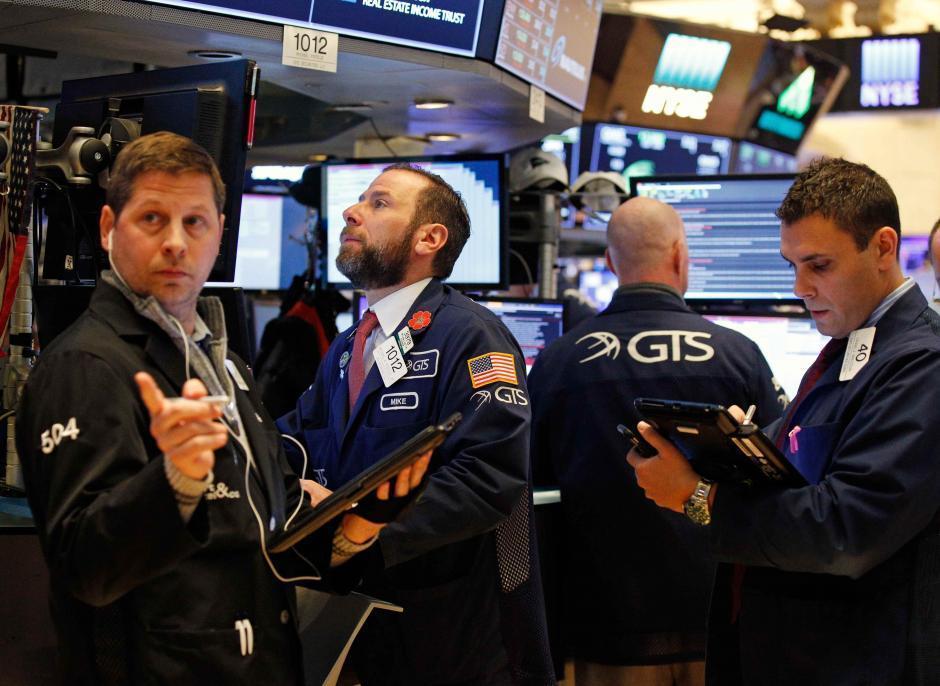
World stocks clawed their way back from two-month lows on Feb. 7, though momentum was weak and U.S. futures suggested Wall Street could lapse back into losses after rebounding from the biggest selloff in six years.
European shares opened firmer after plumbing six-month depths on Feb. 6, the tail-end of a selloff induced by a volatility spike that took Wall Street’s fear gauge, the VIX index, as high as 50, more than three times its closing level on Feb. 1.
That rout had wiped $4 trillion off world equities and sent investors scurrying for the safety of German and U.S. bonds, briefly reversing the steady rise in global yields.
While Feb. 6 saw U.S. equities roar back, momentum shows signs of slipping - Asian equity gains fizzled while S&P and Dow Jones futures were almost 1 percent lower.
MSCI’s all-country index, however, was up 0.25 percent after four days in the red, boosted by gains in Europe, Japan and emerging markets .
“People are still shaken after such a ferocious correction, especially as it came after a very long time. It is clear that there will be more volatility going forward,” said Salman Ahmed, chief investment strategist at Lombard Odier Investment Managers.
“But that’s a healthy development so markets can focus on areas that are generally stronger. The upward (equity) trend can stay but it will be less steep than last year.”
As calm returned, bond buying by panicky investors also abated and yields on “safe” German, Japanese and U.S. debt edged up, resuming the trend of recent weeks as markets price further U.S. rate rises and the withdrawal of stimulus in Europe.
Yields on Germany’s 10-year government bond, the eurozone benchmark, were around 0.69 percent, having plunged to 0.66 percent on Feb. 6.
But that yield has more than doubled since early December as the European Central Bank halved its bond purchases at the start of 2018 and is widely expected to wind down the program in September.
Markets are also on edge over U.S. lawmakers’ wrangling to extend the so-called debt ceiling - funding for the U.S. government runs out on Feb. 8 unless a stopgap bill manages to pass the Senate later on Feb. 7. U.S. 10-year yields rose back as high as 2.8 percent after approaching two-week lows around 2.65 percent on Feb. 6.
It was a steep spike in yields on Feb. 2 that sparked the initial Wall Street rout, forcing sales by a host of highly leveraged funds, which ramped up volatility and drove yet more selling.
Asia and Europe
Asian shares reversed their earlier gains on Feb. 7 as investors dumped U.S. stock futures for safer harbors; a sign showing that market participants remain jittery after this week’s global markets rout.
Japan’s Nikkei eased but was still up 0.2 percent. Chinese blue chips and South Korea’s KOSPI index dropped more than 2 percent.
Hong Kong, Singapore and Indian stock markets were also in the red.
European shares were positioned for a strong session after seven days of losses, with a pan-European index up 0.7 percent thanks also to a series of robust company earnings reports.
MSCI’s emerging equity index was modestly firmer, and unlike most other indexes it has clung to slender year-to-date gains.